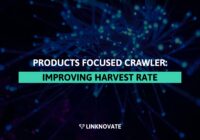In contemporary discourse, fungi are synonymous with innovation. The fungal kingdom has found increasing relevance within research institutions, university spin-offs, and burgeoning startups, establishing itself as a versatile and impactful resource across diverse market sectors. In particular, the mycelium, the vegetative part of fungi, is a key player in this fungal revolution. This element is identified as a common structure in fungi, similar in appearance to a root and consisting of a mass of hyphae and a thread-like texture. In other words, it is the part from which the fungus grows.
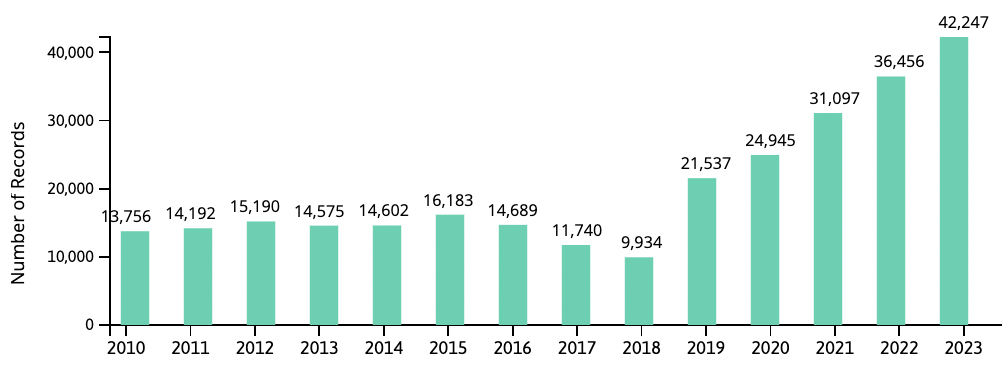
Within ecosystems, fungi assume a pivotal role in decomposing organic compounds, including challenging substances like petroleum or pesticides, thus bolstering soil health through bioremediation processes. Central to this ecological function is the mycelium, which showcases remarkable properties as a biological filter, purifying soil and water from harmful chemicals and microorganisms. Moreover, mycelium’s role as a binding agent on forest pathways mitigates erosion and soil degradation while facilitating the conversion of biomass into compost, including the breakdown of complex compounds such as lignin, a task often beyond the capabilities of other microorganisms
These inherent attributes lend fungi highly lucrative for the development of novel materials and innovative applications across various industries. Long recognized by global powers for their potential, as evidenced by substantial mushroom production figures worldwide, with China and Germany leading the charge, fungi continue to drive cutting-edge research and development in a variety of fields.
In this article, we discover some of the roles that fungi play in certain sectors, as agents of innovation and creation of new materials and applications. From construction to food-tech, fungi are reshaping everyday paradigms, offering distinctive and transformative solutions to existing challenges.
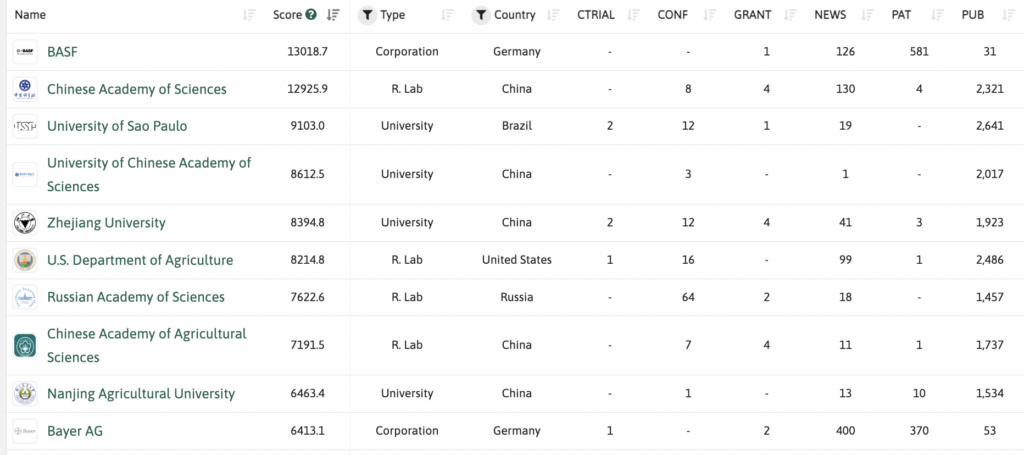
Construction
Mushrooms are breaking with the status quo in the construction sector, in which mushrooms are emerging as environmentally friendly materials that foster circular construction. Mycelium, with its biodegradable nature, minimal energy consumption, and negligible carbon footprint, seamlessly aligns with sustainable practices that are usually not linked to the construction sector. The process of material creation commences with mycelium cultivation from agricultural byproducts, culminating in the formation of diverse building materials through their amalgamation with other organic matter.
In this context, Biohm emerges as a frontrunner in material innovation derived from fungi. Leveraging one of the most extensive microbiome databases, Biohm intertwines bacterial and fungal sequencing to pioneer solutions addressing the symbiotic relationship between fungi and bacteria in gut health. Harnessing these insights, Biohm has spearheaded construction methodologies rooted in bio-based compounds, notably fungi, exemplified by their patented high-insulation materials crafted from mycelium.
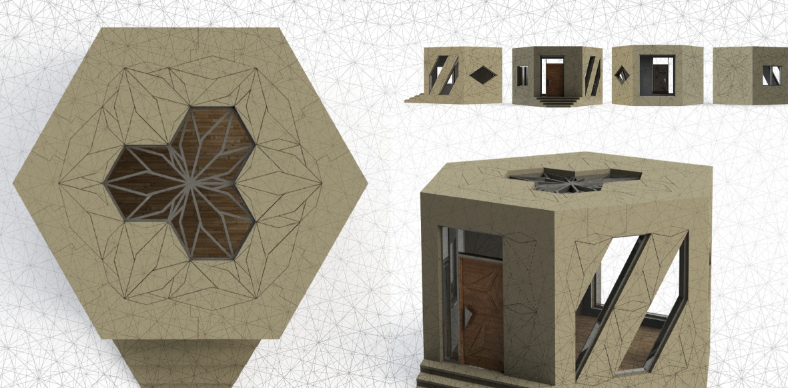
Additionally, noteworthy is a groundbreaking research from Newcastle, which introduced a revolutionary approach to material manufacturing by creating a “mycrocrete” mold embedded in textiles. This innovative material, synthesized from fungi and integrated with specific textile structures, yields a robust and versatile solution for construction applications.
Manufacturing
In the realm of manufacturing, mushrooms have catalyzed significant transformations as numerous companies have recognized the potential of fungi’s properties to address market demands and innovate with bio-based products. Among them, Italian firm Mogu, also known as Squim, has emerged as a leader in crafting bio-based materials derived from pure mycelium, specializing particularly in elements tailored for interior design and architecture.
Another notable player in this arena is Ecovative, dedicated to developing and manufacturing sustainable materials rooted in mushroom mycelium. Their flagship product, MycoComposite, represents a plastic-free, renewable alternative composed of mushroom root mycelium, primarily sourced from agricultural waste. Notably water-resistant, MycoComposite can be composted at the end of its lifecycle, offering an innovative and eco-friendly solution across industries ranging from packaging to insulation.
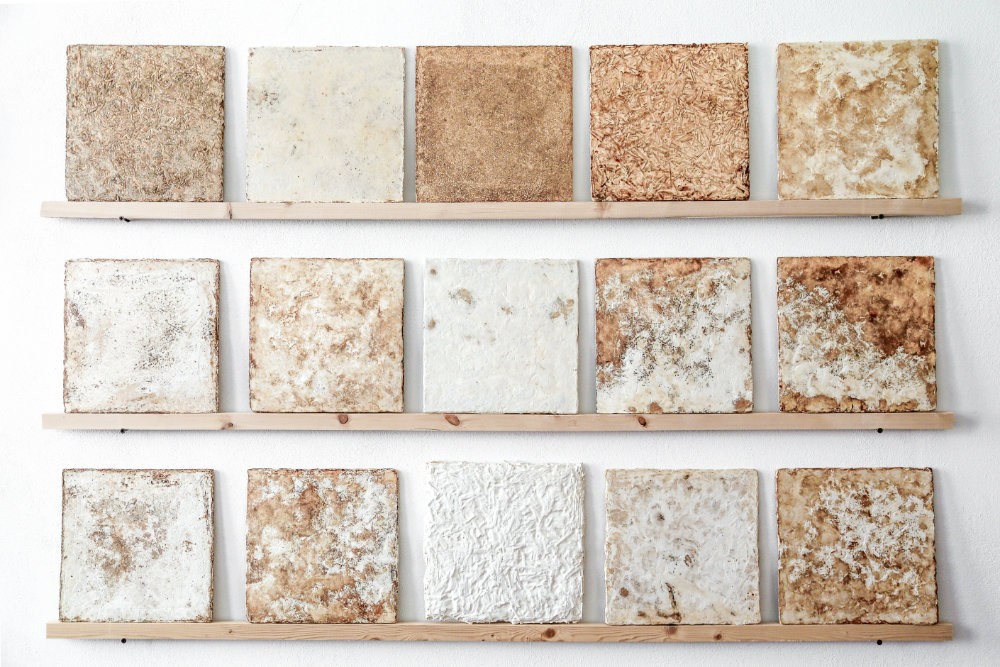
Similarly, Mycoworks has made significant strides in mycelium-based product manufacturing, harvesting thousands of sheets of its leather alternative biomaterial, known as Fine Mycelium. Employing automated processes, Mycoworks achieves cost efficiencies while upholding product quality. Moreover, Fine Mycelium’s unique attribute of being transportable in a wet form, unlike traditional leather, enhances the versatility and sustainability of final products, substantially reducing their carbon footprint.
Fashion
The influence of the fungal kingdom extends even to the fashion industry. Several companies have embraced the mycelium revolution to refine fabrics and materials in this global market. Among them, Hermés has recently patented a method for crafting finished leather alternatives using mycelium. This innovative process entails cultivating a sheet of material derived from mycelium, featuring distinct bottom and top layers. What sets this technique apart is the application of a unique finishing coat, which significantly impacts the appearance, durability, and functionality of the final product.
The success of initiatives like Hermès has spurred action at the policy level, with the European Union initiating grant programs to foster the development of biomaterials that address various societal needs through sustainable and eco-friendly means. One notable recipient of these grants is NEFFA, an automated 3D manufacturing project dedicated to producing bespoke textile items from biomaterials. At its core is MYCOTEX, a material boasting unparalleled design flexibility and the potential for circular operations, ensuring continual waste management throughout the production cycle.
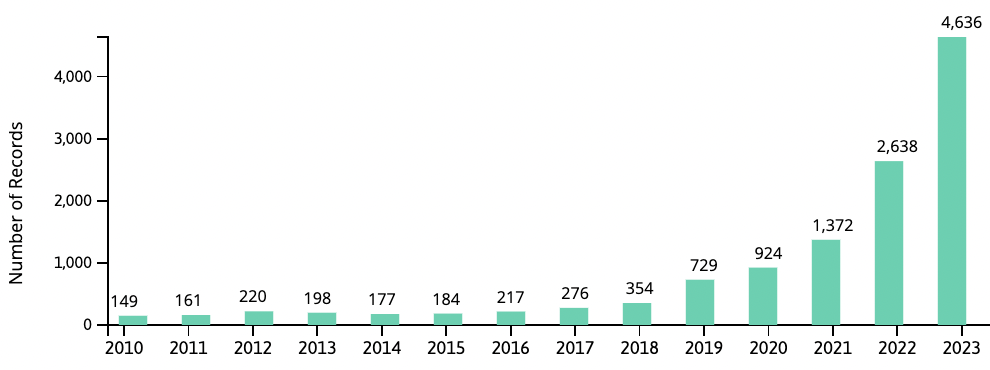
Food Tech
Without a doubt, the food sector emerges as a cornerstone where fungi reign supreme as agents of profound change and innovation. Countless companies have embraced mycelium as a cornerstone for pioneering new food technologies, yet several standout for their unparalleled uniqueness and differentiation. Among them, Ods Protein, a Galician startup, takes center stage for its dedication to producing alternative proteins from fermented mycelia. Leveraging automation methods independent of climatic constraints, Ods Protein distinguishes itself in the market by delivering foods and ingredients of exceptional nutritional and functional value.
Infinite Roots, a German biotech firm, shares a similar ethos, specializing in mycelium’s versatile applications, including food. Driven by a mission to scale production and transcend industry boundaries, Infinite Roots aims to introduce groundbreaking products that redefine market standards. Likewise, MycoTechnology, a trailblazer in fungus-driven food technology, allocates its resources to assisting startups in securing fermentation capabilities through the provision of tanks of varying sizes.
Furthermore, Innomy has turned to mycelium as a wellspring of novel proteins, pioneering meat alternatives that blend mycelium with biotechnology to usher in a new era of alternative protein sources. Lastly, Libre Foods, a Spanish biotech company, recently secured a €335,000 grant from Neotec to develop a cost-effective mycelium ingredient as a meat substitute. Not content with conventional strides, Libre Foods sets an ambitious goal of enhancing this new ingredient’s nutritional profile, exemplifying a commitment to elevating dietary alternatives.
In short, the world of fungi is more than established as an inexhaustible source of innovation in a wide range of sectors. Mycelium stands out in all cases as a versatile and powerful resource, demonstrating its ability to revolutionize established business practices and offer sustainable solutions to contemporary challenges. With leading companies and innovative projects, the fungi kingdom is not only transforming the way we interact with nature, but also how we conceive innovation itself.
This study has been led under the project “Intelligent text mining methods for radical search improvement in Technology Watch” (2021/C005/00150574) funded by The Ministry of Science (MCIN/AEI/10.13039/501100011033) and the European Union (NextGenerationEU/PRTR).






